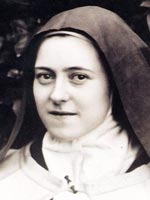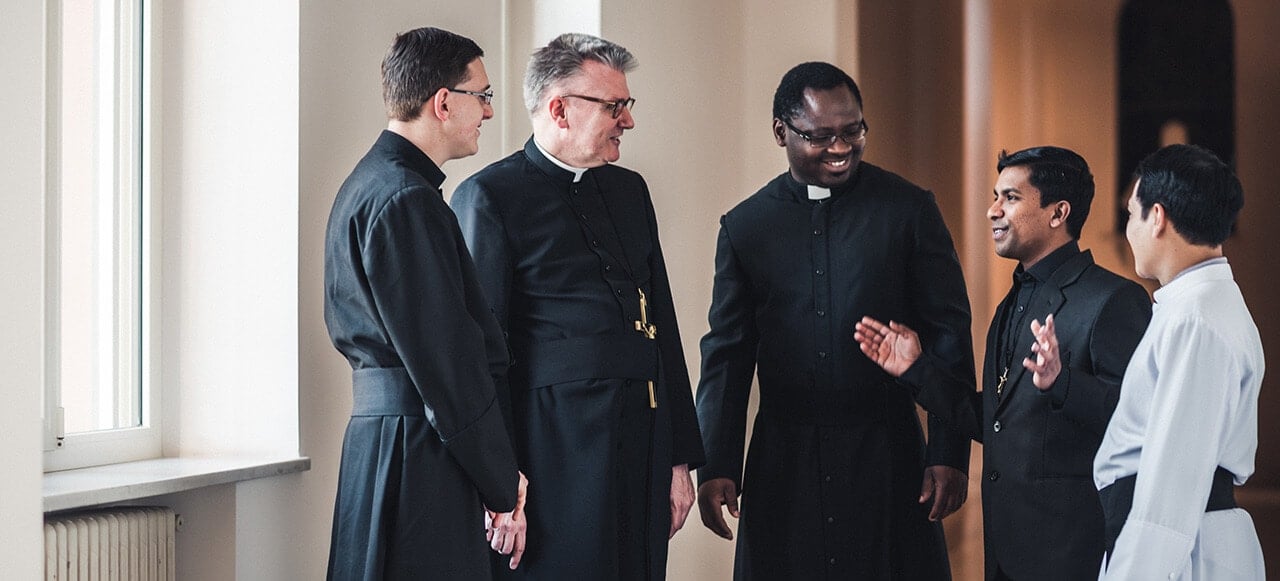Fathers Arsène Turquetil and Armand Le Blanc were the first Oblates of Mary Immaculate to settle amidst the Inuit of Hudson Bay. They arrived at Chesterfield Inlet on September 3, 1912. They began to work immediately, since everything had to be done: finding an adequate location, building a house-chapel, learning the language, and adapting to the customs of the land. On Pentecost Sunday, 1915, Father Turquetil was able to offer his first sermon in the Inuit language before a small gathering, that had come out of curiosity.
However, conversions were not forthcoming. Paganism, superstition, mockery, and especially the devil’s wiles had to be overcome. To top everything, that same year it was learned that Fathers Rouvière and Leroux had been murdered by the Inuit of Mackenzie. Friends advised the Oblates to close this northern mission. But nevertheless, their bishop Ovide Charlebois, OMI, of Keewatin was hesitant. He granted Father Turquetil one year of respite.

In the Autumn of 1916, an Inuit brought to Father Turquetil two envelopes addressed to him, but of strangely unknown origin. The first one contained a booklet: La Petite Fleur de Lisieux (The Little Flower of Lisieux). The Oblate had never heard of this Carmelite nun, from his own native diocese. The booklet tells that she prayed for missionaries and that she promised to spend her heaven doing good things for the earth. Could she possibly bring about the conversion of the Inuit? The second envelope contained a bit of soil, along with this inion: “Soil taken from under the first coffin of the Little Flower of Lisieux. With this she performs miracles.”
Before going to bed that night, the priest and his new companion, Brother Prime Girard, prayed fervently to Theresa, even though she was not yet canonized. On the next day, while Father sat at the harmonium, and a few Inuit came around. Brother Girard approached behind them and secretly dropped one or two grains of this soil in their long thick hair.
The grand miracle of little Theresa
On the following Sunday, at the sound of the bell, the Inuit arrived, without harpoon or rifle. One was the spokesman: “We knew that you were speaking the truth, but we didn’t want to listen. Right now, our sins frighten us. Could you remove them?” Father Turquetil answered: “Yes. Come in and I’ll explain it to you.” His sermon was on Baptism, and all the while his thought was with the Little Flower: “Theresa, you made this possible… keep on inspiring them, and guide them towards Baptism.” That night, Tuni, the oldest one, came to the Father: “We are three who want to be baptized, with our wives and children.” “Fine,” answered the Oblate, “but first I must instruct you. This could take time. And you will be leaving soon and will not be returning before Christmas , maybe?” “Well no! We will not be hunting, we’ll stay here to be instructed and baptized.” “How will you nourish yourselves?” Tuni answered: “It’s very simple, the one you call Our Father, he loves us… he will help us, we will not die of hunger and we will be baptized” They then agreed that the catechumenate would begin on the following day, for two hours each day.
For the next eight and a half months, all of them persevered faithfully. On July 2, 1917, this date must be remembered, Father Turquetil had the joy of baptizing his first Inuits. It was a grand day for him and for the Oblate missions of the Far North. No longer was it a matter of closing this mission. Saint Theresa had saved it.
Bishop Charlebois was so impressed that he sent a request to Rome, signed by 226 missionary bishops from all over the world, asking for the grace to declare Saint Theresa of the Child Jesus patroness of all the missions in the world. In 1927, Pope Pius XI responded favorably to this request.
André DORVAL, OMI
